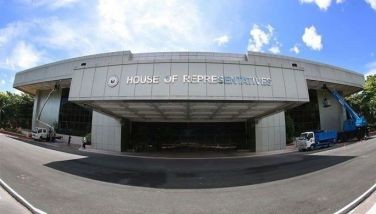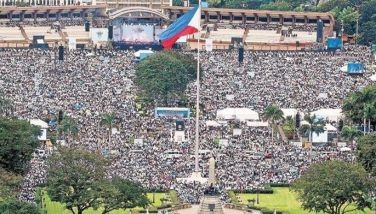The Philippine public construction industry
According to the Institute for Development and Econometric Analysis, Inc. (IDEA) latest Industry Trends, the Public construction industry is involved in any publicly commissioned infrastructure for government provisions of dwellings, government offices, and utility buildings; it also includes heavy constructions of highways, streets, bridges, tunnels, railways, airfields, harbors and other projects—such as irrigation systems, sewerage systems, industrial facilities, pipelines and electric lines, sports facilities, etc.
The government has several mechanisms to implement public construction activities. On one hand, the government can provide infrastructure projects by solely using allocated public funds; on the other hand, it can tap private firms for partnership ventures. The most popular of these schemes is the Build-Operate-and-Transfer (BOT), in which a contract is signed between a private business operator and the government under an arranged set of terms and conditions.
Likewise according to the same published report, the private business operator is responsible for the total infrastructure development; and at the end of the project, the generated property is usually being transferred to the government. The former—under the agreed contract—is allowed by the latter to charge rentals, tolls and other fees for the public use of the facility. This would enable private business operators to recover the investments and allow the joint venture to operate profitably.
Furthermore according to IDEA’s researchers, the Construction Industry Authority of the Philippines (CIAP) was established in 1980 to create a regulating agency tasked to promote, accelerate, and regulate public and private construction projects in the country. The CIAP, along with its implementing boards, offers various regulatory and developmental services for the entire construction industry. Moreover, the agency also releases relevant information on existing industry issues, industry performance, industry outlook, contractors’ profiles, blacklisted contractors, and contractors’ performance ratings.
Overall, the Philippine government’s spending on construction plays an important role in shaping the country’s economic landscape. Public construction activities are among the government’s primary tools to channel economic thrusts by pump-priming the economy through spending. Government under-spending, on the other hand, may result to economic downtrends. In fact, the economic slowdown during the Aquino administration is being attributed to the declining government spending in the public construction sector. The strong performance of the public construction sector decelerated towards the start of the Aquino administration. The sector experienced five consecutive two-digit contractions under the new management. Rolling out Public-Private Partnership (PPP) projects, however, offers better prospects for the industry. The sector bounced back by 49.4 percent in the fourth quarter of 2011, according to IDEA.
For comments, rejoinders and questions related to credit & collection, email at [email protected].
- Latest
- Trending






















